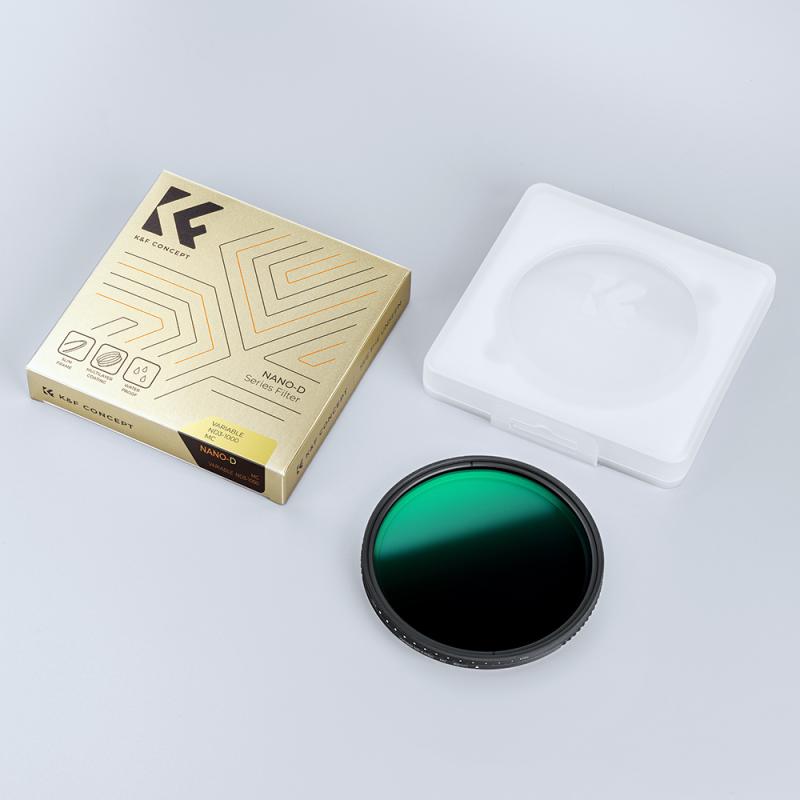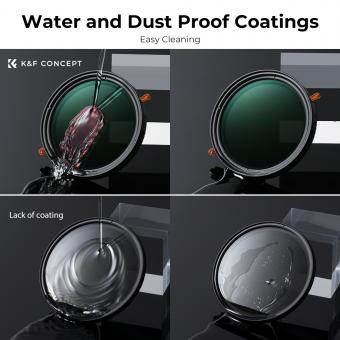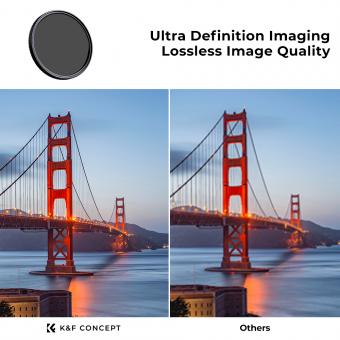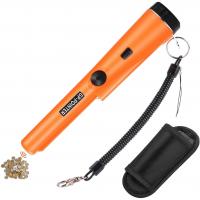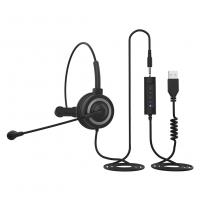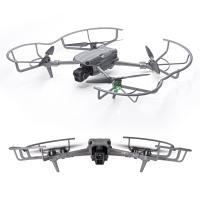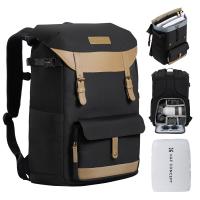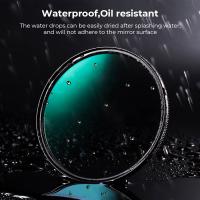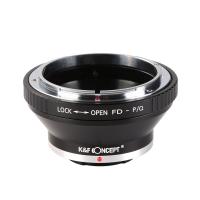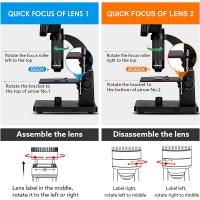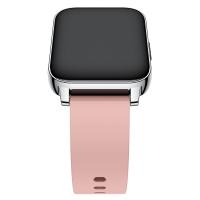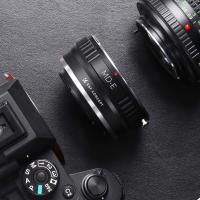Camera Filters And What They Do ?
Camera filters are optical accessories that are placed in front of the camera lens to modify the light entering the camera. They serve various purposes and can have different effects on the resulting image. Some common types of camera filters include:
1. UV filters: These filters block ultraviolet light and are primarily used to protect the camera lens from scratches, dust, and moisture. They have minimal impact on the image quality.
2. Polarizing filters: Polarizers reduce glare and reflections from non-metallic surfaces, such as water or glass. They also enhance color saturation and contrast, resulting in more vibrant and detailed images.
3. Neutral density (ND) filters: ND filters reduce the amount of light entering the camera without affecting the color or contrast. They are useful in situations where a slower shutter speed or wider aperture is desired, such as capturing motion blur or using a shallow depth of field in bright conditions.
4. Graduated neutral density (GND) filters: GND filters have a gradient of light-blocking material, allowing photographers to balance the exposure between the bright sky and darker foreground in landscape photography.
5. Color filters: These filters alter the color balance of the image by selectively transmitting certain wavelengths of light. They can be used creatively to achieve specific color effects or to correct color casts in different lighting conditions.
Overall, camera filters provide photographers with a range of options to control and enhance the light entering their cameras, allowing for more creative and impactful images.
1、 UV Filters: Reduce haze and protect lens from scratches.
Camera filters are essential accessories for photographers as they enhance the quality of their images and protect their lenses. One popular type of filter is the UV filter. UV filters are transparent filters that are primarily used to reduce haze and protect the lens from scratches.
Reducing haze is a crucial function of UV filters, especially when shooting in outdoor environments. These filters effectively block ultraviolet light, which can cause a bluish cast and reduce image clarity. By minimizing the impact of UV rays, photographers can capture sharper and more vibrant images with improved contrast and color accuracy. This is particularly beneficial when photographing landscapes, where distant objects can appear hazy due to atmospheric conditions.
Additionally, UV filters act as a protective barrier for the camera lens. They shield the lens from potential scratches, dust, and moisture, ensuring its longevity and optimal performance. This is particularly important for photographers who frequently shoot in challenging environments, such as sandy beaches or dusty landscapes. By using a UV filter, photographers can avoid costly lens repairs or replacements.
It is worth noting that the necessity of UV filters has been debated in recent years. Some argue that modern digital cameras already have built-in UV filters, making additional UV filters redundant. However, others still advocate for their use, as they provide an extra layer of protection for the lens and can enhance image quality in certain situations.
In conclusion, UV filters are valuable camera accessories that reduce haze and protect the lens from scratches. While their necessity may be questioned in the age of digital cameras, they still offer benefits in terms of image quality and lens protection. Ultimately, the decision to use a UV filter depends on the photographer's preferences and shooting conditions.

2、 Polarizing Filters: Minimize reflections and enhance color saturation.
Camera filters are essential tools for photographers to enhance their images and achieve specific effects. One popular type of filter is the polarizing filter, which is used to minimize reflections and enhance color saturation.
Polarizing filters work by reducing the amount of reflected light that enters the camera lens. They are particularly useful when shooting outdoors, especially in bright sunlight or when photographing water or glass surfaces. By reducing reflections, polarizing filters help to eliminate glare and unwanted reflections, resulting in clearer and more vibrant images.
Additionally, polarizing filters can enhance color saturation by selectively blocking certain wavelengths of light. This helps to make colors appear more vibrant and saturated, especially in landscapes and outdoor scenes. The filter can also darken the sky, making clouds stand out more prominently.
In recent years, advancements in filter technology have led to the development of circular polarizing filters. These filters are designed to work with autofocus and metering systems in modern cameras, making them more convenient and user-friendly. They can be easily rotated to adjust the amount of polarization, allowing photographers to have more control over the final image.
Furthermore, some polarizing filters now come with multi-coatings to reduce flare and ghosting, ensuring optimal image quality. These coatings also make the filters more durable and resistant to scratches and smudges.
In conclusion, polarizing filters are valuable tools for photographers, allowing them to minimize reflections and enhance color saturation in their images. With advancements in technology, these filters have become more versatile and user-friendly, providing photographers with greater control over their final results.
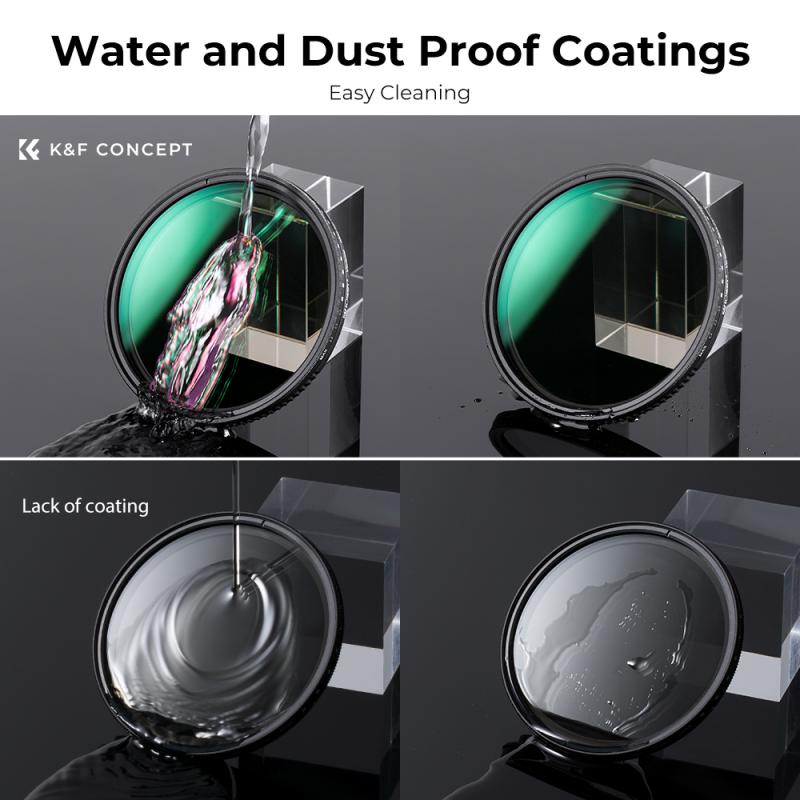
3、 Neutral Density Filters: Control exposure by reducing light intensity.
Camera filters are essential tools for photographers and videographers to enhance their images and videos. One popular type of filter is the neutral density (ND) filter. ND filters are designed to control exposure by reducing the intensity of light that enters the camera lens.
The primary purpose of an ND filter is to allow photographers to achieve longer exposure times or wider apertures in bright lighting conditions. By reducing the amount of light that reaches the camera sensor, ND filters help to balance the exposure and prevent overexposure. This is particularly useful in situations where the photographer wants to capture motion blur, such as in flowing water or moving clouds, or when shooting with a shallow depth of field in bright sunlight.
ND filters come in various strengths, measured in stops, which determine the amount of light reduction they provide. Common strengths include ND2, ND4, ND8, and so on, with each stop halving the amount of light that passes through the filter. Some filters even offer higher stops, such as ND1000, which can significantly darken the scene and allow for extremely long exposures, even in broad daylight.
In recent years, ND filters have gained popularity among videographers as well. They are used to achieve a cinematic look by allowing for a slower shutter speed, resulting in smoother and more natural motion blur. ND filters are particularly crucial when shooting video with a fixed shutter speed, as they help maintain the desired exposure without sacrificing image quality.
Overall, neutral density filters are indispensable tools for photographers and videographers alike. They provide creative control over exposure, allowing for stunning long exposures, shallow depth of field, and smooth motion blur. Whether capturing landscapes, portraits, or cinematic footage, ND filters are a must-have accessory for any photographer or videographer looking to elevate their work.
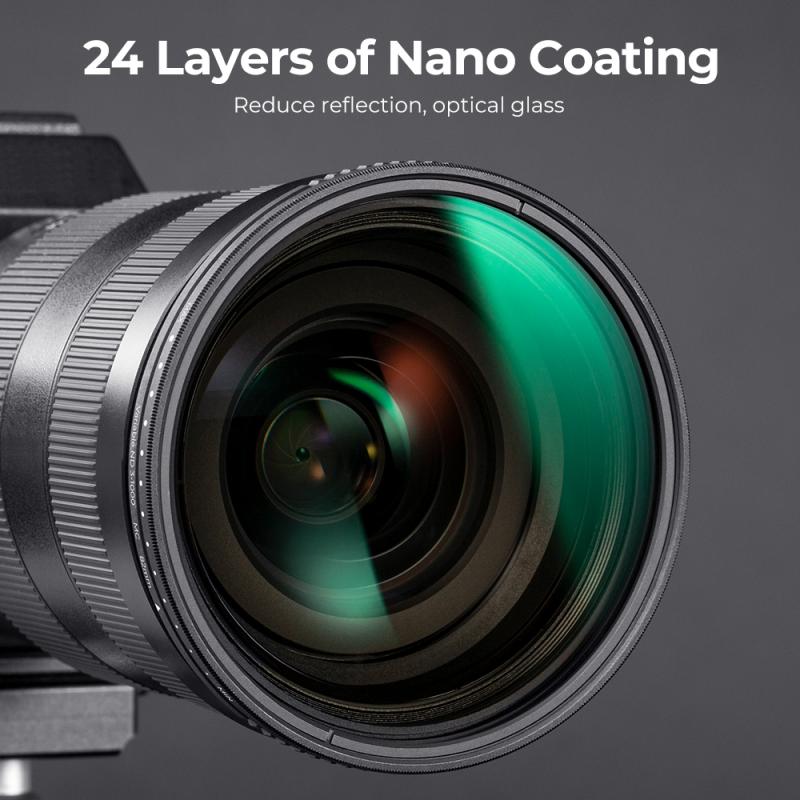
4、 Graduated Filters: Balance exposure between different parts of the image.
Camera filters are essential tools for photographers to enhance their images and achieve desired effects. One popular type of filter is the graduated filter, which is used to balance exposure between different parts of the image.
Graduated filters are typically rectangular or square in shape, with a gradient transition from dark to clear. They are designed to be placed in front of the camera lens, with the dark portion of the filter covering the brighter areas of the scene. This helps to reduce the dynamic range of the image, allowing for a more balanced exposure.
By using a graduated filter, photographers can capture scenes with high contrast, such as landscapes with a bright sky and darker foreground. The filter darkens the sky, preventing it from being overexposed, while maintaining proper exposure for the foreground. This results in a more evenly exposed image, with details preserved in both the highlights and shadows.
In addition to balancing exposure, graduated filters can also be used creatively to enhance the mood of a photograph. For example, a warm-toned graduated filter can add a golden glow to a sunset scene, while a cool-toned filter can create a more serene and calming atmosphere.
It is worth noting that while graduated filters have long been a popular tool for photographers, advancements in digital post-processing have provided alternative methods for achieving similar effects. Software applications now offer the ability to selectively adjust exposure and tone in different parts of an image, eliminating the need for physical filters. However, many photographers still prefer the convenience and immediate results that graduated filters provide in the field.
In conclusion, graduated filters are valuable tools for photographers to balance exposure between different parts of an image. They help to reduce the dynamic range and create more evenly exposed photographs, while also offering creative possibilities for enhancing the mood of a scene.
